Materials in a home that act as thermal mass are things like concrete, masonry, ceramic tiles, even a large volume of wood like timber frames. Intentionally adding greater amounts of thermal mass in a building can be an advantage or a disadvantage depending on a lot of factors, and there is no right answer as to whether or not it will benefit you specifically on a day-to-day basis.
Turning down thermostats to save energy:
A lot of us grew up watching our parents turn thermostats down for the day and back up when returning home in the evening. This saved energy for one main reason - older houses weren't built anywhere close to the energy-efficiency standards of today, so maintaining a lower constant temperature during the day did in fact save a lot of energy, and for the following reason:
The rate of heat loss increases as the temperature differential between two environments increases, and it does so in something of a bell curve. This applies to something as simple as a cup of hot coffee - a very hot cup will drop its first 10 degrees much faster than it will drop ten degrees when it's only lukewarm.
To equate that same principle to an old house and lowering the thermostat, less heat loss occurred during the day when the house was cooler because that decreased the differential between the indoor and outdoor temperatures.
由于现在的房屋表现比过去好得多,这些储蓄不再像以前那么剧烈了。而对于一所一开始热量损失很小,而里面有很多热物质的房子,任何这样的节约几乎都不存在,因为可能需要一整天的时间才能降低1度。
The disadvantages of thermal mass in homes:
Let's speak to the potential downsides of thermal mass first - if a home is regularly left empty for several days at a time or if you keep a cottage heated for weekend use only, having a lot of thermal mass may not be advantageous. It will take a longer time to cool to a lower temperature setting, then it will also take more time to heat up again as the thermal mass in the home slowly recharges with heat.
If you have timers or control your heating system with your smart phone (yes this is possible if you haven't yet heard of it), then you can at least avoid the discomfort during the time it takes to heat up again, compared to walking into a cold house that may take hours to warm after you turn up the thermostat by hand.
During the peak of summer, thermal mass can be a mixed blessing. For those who live without air conditioning and count on opening windows at night to cool a house, it will take longer to release heat if it is stored in tons of dense material. During an extended heat wave, you’ll win for the first couple of days as the cool mass absorbs heat from the air, but you will probably find the average temperature creeping up a little everyday if it's a long one. And when the heat wave breaks, it will take longer before your house cools again.
The advantages of thermal mass in homes:
在春天和秋天,白天温暖,夜晚凉爽的时候,家中大量的热物质可以帮助自然平衡温度。这样既可以增加舒适度,也可以减少对供暖和制冷的需求。
Heat security:在冬季停电的情况下,家里有大量的热质量是一个很大的优势,因为几乎所有常用的供暖系统都依赖电力启动。如果你的房子有大量的热量储存在建筑围护结构中,它将减缓温度下降,并可能防止你需要在其他地方寻找庇护,直到电力恢复。

Heating during off-peak hours:如果你依赖于热体(如加热的混凝土地板)的辐射热量,这可以使用电供暖在峰值率高的地区成为更现实的选择。一个辐射地板可以在低电价的晚上充电,并在高峰电价的时间关闭。
Comfort:Contrary to what most people would naturally assume to be true, a thermostat reading your chosen 'room temperature' is not an accurate determination of how comfortable you will be in a conditioned space. The majority of what you actually experience (about 60%) is the heat that radiates to and from you and the various surfaces of your home, which is defined as themean radiant temperature (MRT).
In simpler terms - if the temperatures of the surfaces in your home (walls, windows, floors) are below that of your body temperature, you will conduct and radiate heat towards them and feel cooler. If they are warmer than your body temperature, they will conduct and radiate heat towards you and you will feel warmer. This is one way you can take advantage of thermal mass in a home to increase your comfort, by having heat radiating from warm surfaces.
Should you include thermal mass in a building?
As mentioned at the beginning, there is really no right or wrong answer to this question. Sometimes it helps, other times it doesn't. If you've received council that you 'should' or 'shouldn't' include significant thermal mass in your home, that isn't entirely accurate unless your building envelope and lifestyle have been figured into the conclusion, along with whether or not you have a wood stove as a backup in case of emergencies. Personally, I like thermal mass in a home, but that's my just my preference. So don't sweat it too much either way, it's just another variable worth considering when designing a home.


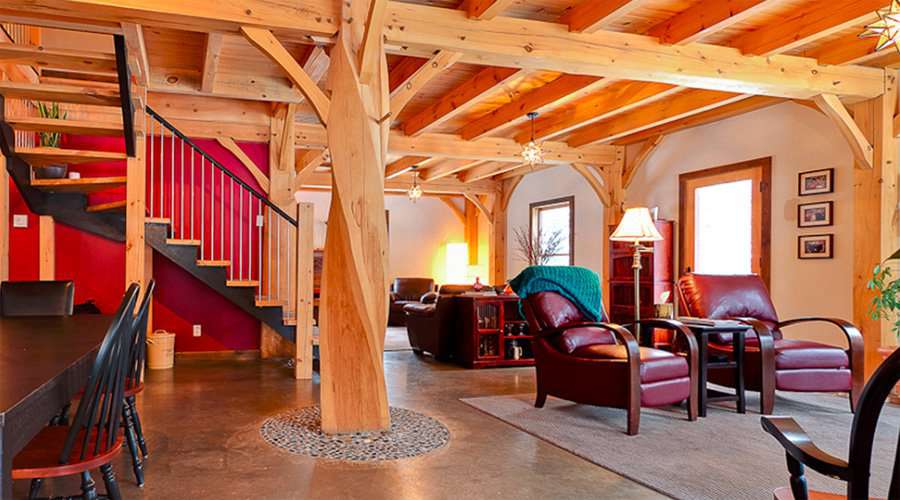















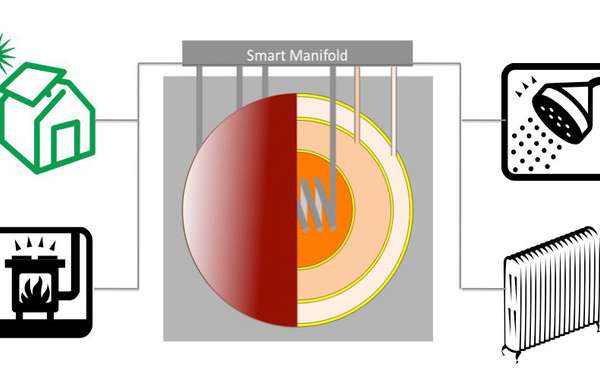


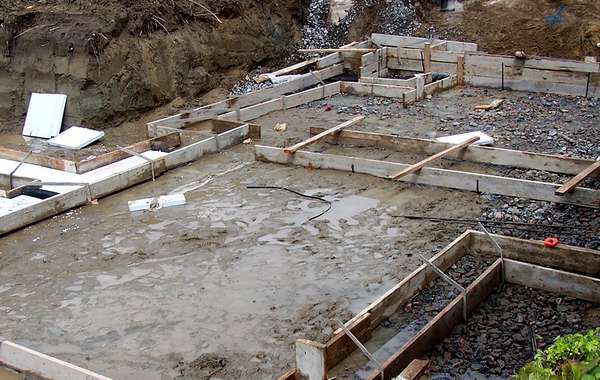
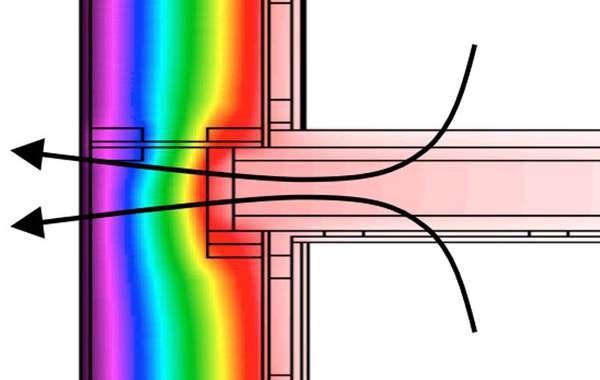
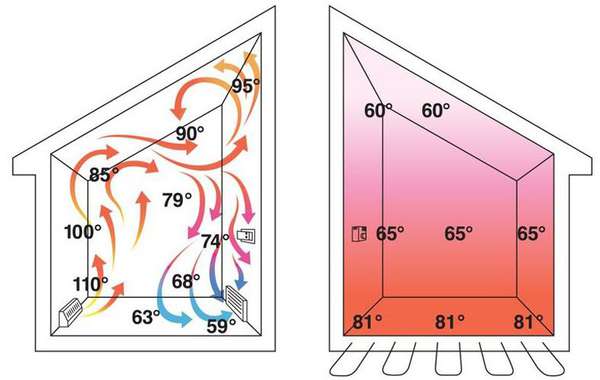

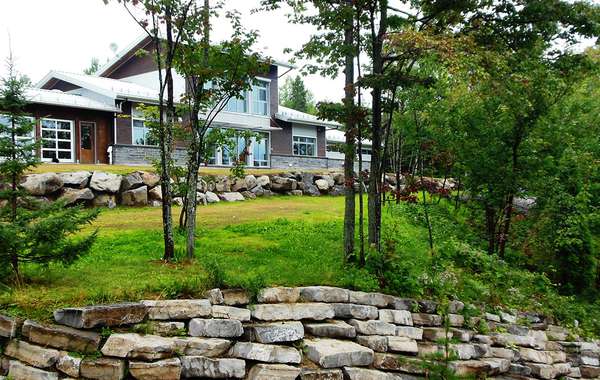
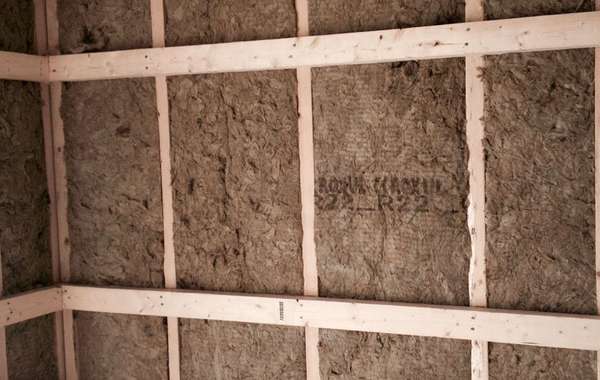
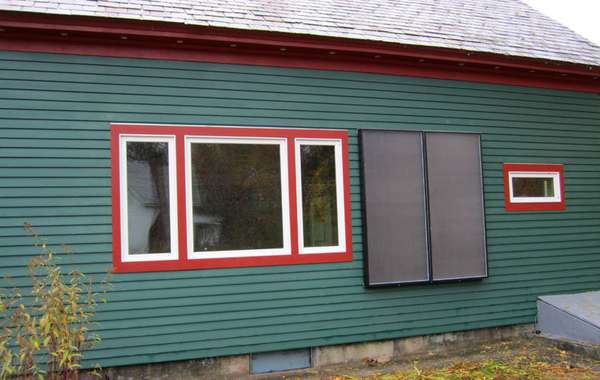
I would aay a simple rule is,
if you live there permanently, yes Include it it will help keep the temperature stable.
if its a place you visit rarely, you don't want to heat up all that mass when you visit for a short time. But that feels like a more rare case.